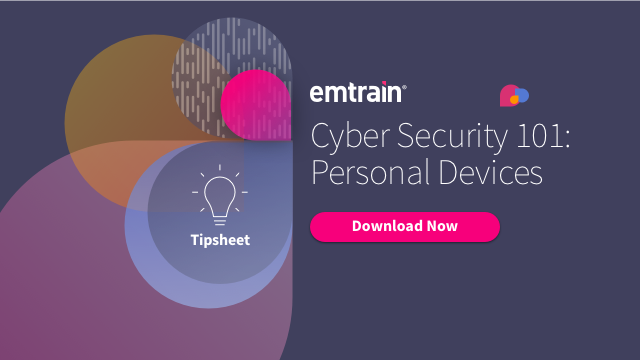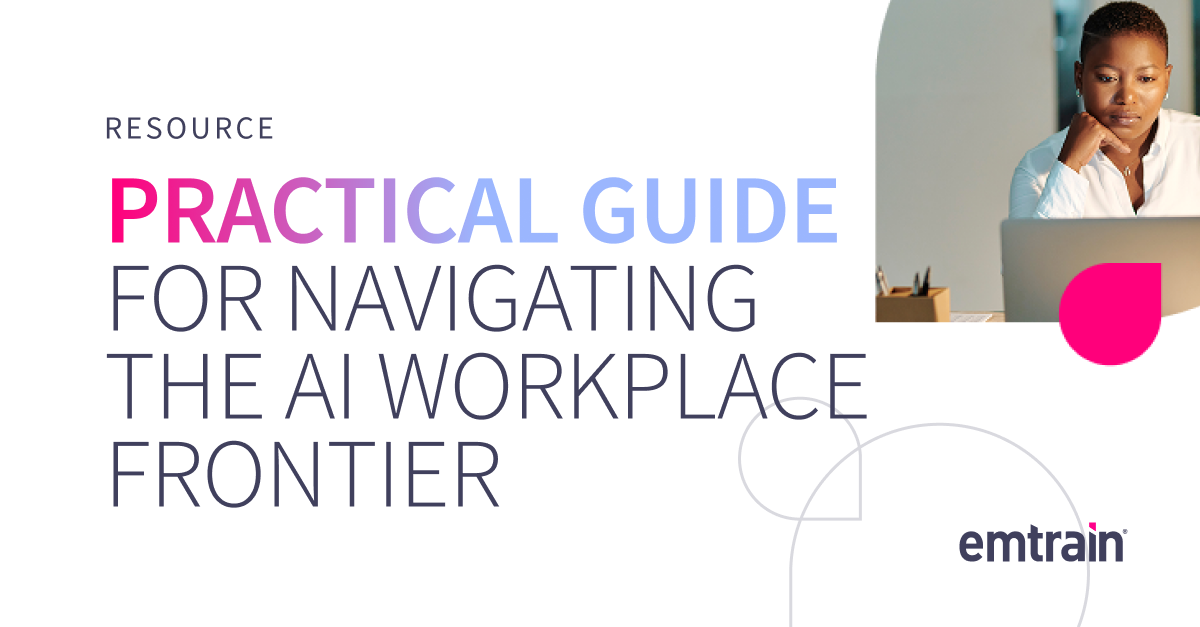In this digital age, the lines between personal devices and work devices are easily blurred. It’s no longer standard for people to have both a work and a personal cell phone. Even the most diligent workers may scan their social media feeds at their desk. And everyone takes their company-issued laptop home. However, this doesn’t change the fact that employees’ personal devices account for nearly 30% of harmful data breaches.
The 2019 Verizon Mobile Security Index uncovered that 25% of healthcare organizations suffered a harmful data breach related to personal mobile devices. The report also pointed out that 83% of survey respondents agreed that their organizations were at risk of a data privacy breach and their organization could take data security more seriously. This information should not come as a shock. Healthcare companies employ high volumes of people, issue high volumes of electronic devices, and retain very valuable personal information. However, this risk is not limited to the healthcare industry.
Many different types of organizations exchange sensitive information on an intra-office level. Digital information such as bank account details, social security data, and sensitive passwords could be very damaging if it fell into the wrong hands.
Protect your employees and your organization by following cybersecurity best practices. Download this Tip Sheet, and post it in your workspace to remind employees of the importance of securing your personal devices. Then demo Emtrain’s Cyber Security Training Course authored by expert David Brezinski.
About the Author
David Brezinski is the Director of Security Architecture & Engineering at Juniper Networks. He leverages his vast expertise in information security to help organizations around the globe maximize their investments, online security, and foster a business environment with robust risk mitigation capabilities. David’s insight—along with over 25 years of experience in enterprise architecture planning, security, operations, monitoring, and optimization—makes him an essential authority in the information security sector.






